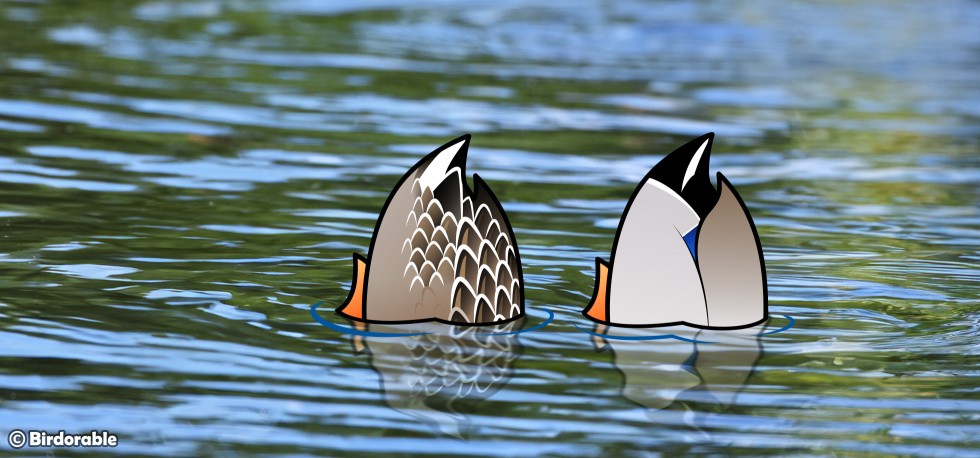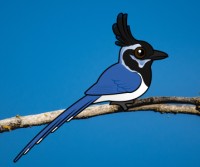Get a Glimpse of Duck Butts with Birdorable's Latest Design

The Mallard, perhaps the most recognized and widespread of ducks, has a unique feeding style known as dabbling. These ducks tip forward into the water, tails up, to forage for food along the muddy bottoms of ponds and lakes. And now, Birdorable captures this endearing behavior with a playful twist, featuring a pair of Mallards in the midst of a good dabble, with their fluffy butts sticking up out of the water!
This design is as educational as it is cute, showcasing the natural behavior of Mallards in a way that's easy to understand and appreciate. Dabbling is a common sight wherever these ducks are found, from urban park ponds to secluded country streams. It's a behavior that's synonymous with the species, and now it's immortalized in the unmistakable Birdorable style.
Whether you're a dedicated birder, a casual visitor at your local park, or someone who can't resist the allure of a quirky and cute animal motif, this design is a perfect fit. The image of those Mallard butts, tails skyward, as they search for their next meal, is one that brings a touch of humor and joy to the day. Birdorable's rendition is sure to be a conversation starter and a hit among all who appreciate the lighter side of nature.
So, whether you're looking for a new hat to shield your eyes on a sunny day out birdwatching, a gift for a duck-loving friend, or just want to add a bit of whimsy to your wardrobe, the Birdorable dabbling Mallards are a perfect choice. It's a little slice of avian life that you can carry with you, a reminder of the joys of birdwatching, and a testament to the charm that birds bring into our lives. Too cute, indeed!













Comments
Leave a comment
Thank you!